6 Creative Uses for Watermelon Rind: From Pickles to Beauty
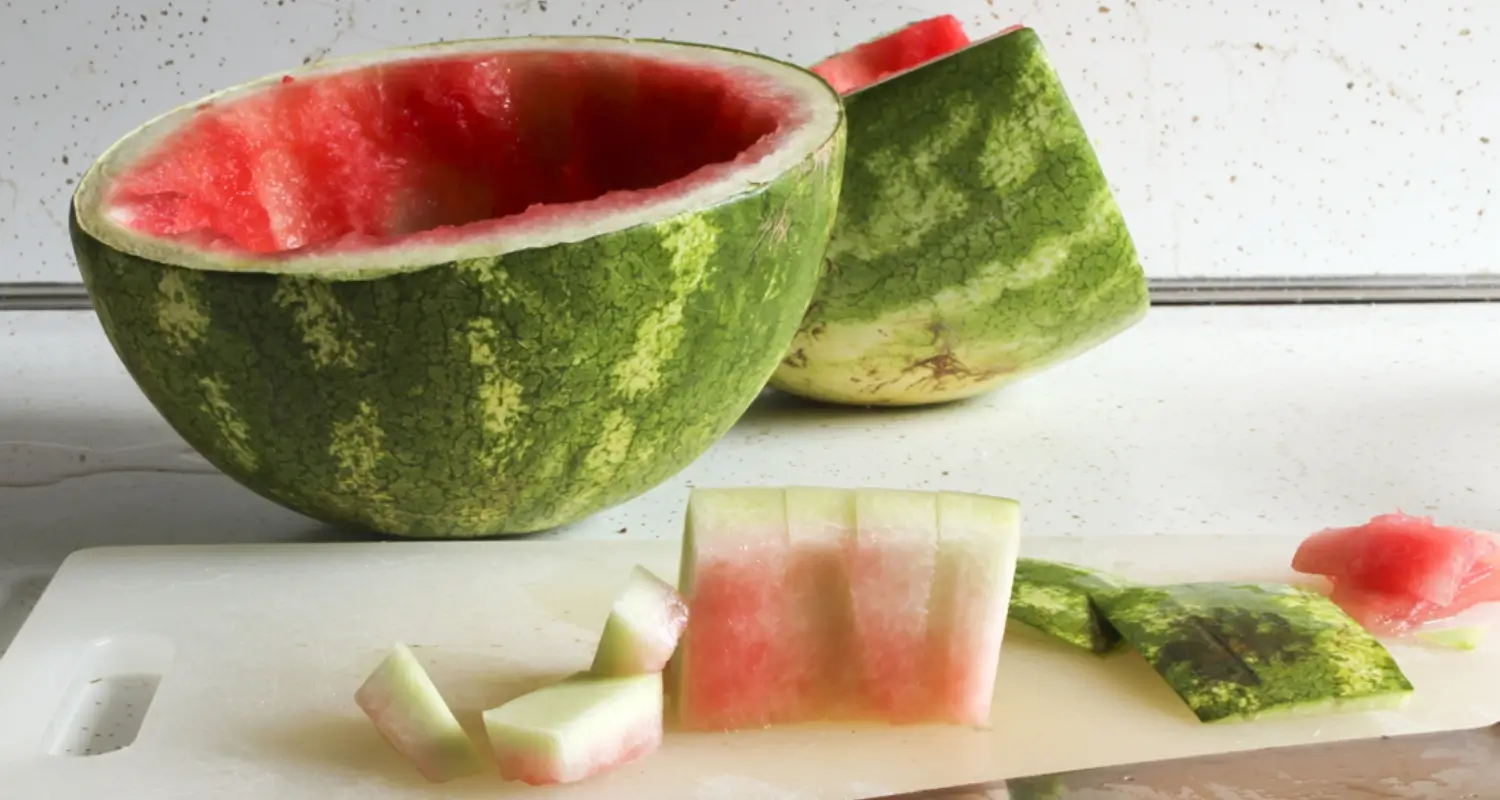
When we think of watermelon, we usually picture the rosy, juicy flesh punctuated with black seeds. The rind, often seen as the silent sidekick awaiting its fate in the compost bin, brims with potential. This humble green layer is not just edible; it’s versatile and packed with surprising uses that creative food enthusiasts will rejoice in. Explore the many ways you can transform watermelon rind into culinary delights and even into your beauty regime.
1. Watermelon Rind Pickles: A Tangy Twist
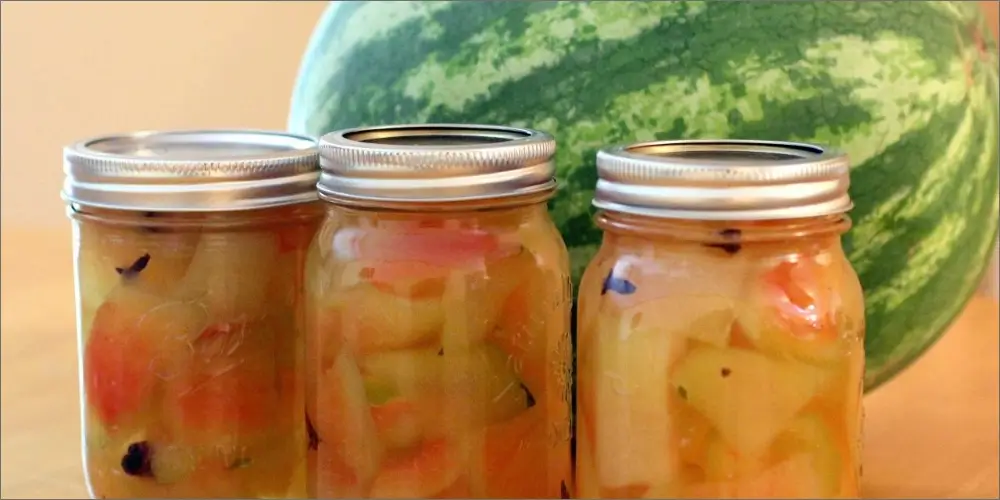
Watermelon rind pickles are a delightful combination of salty, sweet, and tangy flavors. The pickling process transforms the usually bland rind into a crunchy, vibrant accompaniment that pairs well with barbecues, sandwiches, and a variety of main dishes. Here’s how to make them.
Recipe: Watermelon Rind Pickles
Ingredients
- 4 cups diced watermelon rind
- 4 cups water
- 4 cups white vinegar
- 4 cups sugar
- 2 cinnamon sticks
- 1 tablespoon whole cloves
- 1 tablespoon whole allspice
- 1 tablespoon pickling spice
- Lemon, sliced
Directions
- Peel the green skin from the rind. Cut into small, uniform pieces.
- In a large bowl, make a brine by mixing water and salt. Add rind, cover, and refrigerate overnight.
- Drain and rinse the rind, then cut it into smaller pieces if necessary.
- In a large pot, combine water, vinegar, sugar, and spices. Simmer to dissolve sugar.
- Add the rind and lemon slices. Simmer for 1 hour, stirring occasionally.
- Ladle the hot rind and liquid into hot, sterilized jars, leaving 1/4 inch headspace. Wipe the jar rims, place the lids, and screw on the rings.
- Process in a boiling water bath for 10 minutes.
Benefits
Watermelon rind is rich in citrulline, which can improve circulation and heart health. The pickling process enhances its nutritional content and offers a tangy treat with a bit of history – watermelon rind pickling is a tradition in the southern United States, notably during the watermelon season and for celebrations like the Fourth of July.
2. Watermelon Rind Smoothie: Waste Not, Want Not
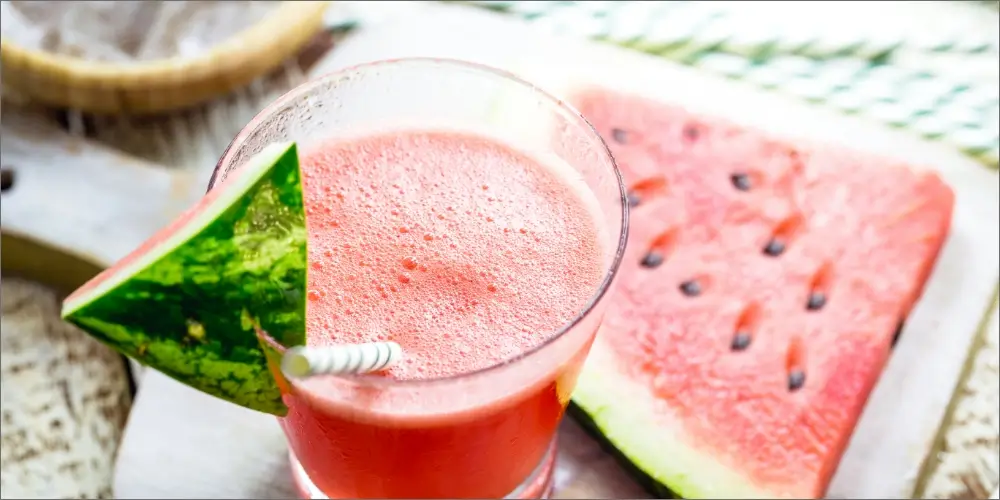
Smoothies are a fantastic way to sneak in extra nutrients into your diet. A watermelon rind smoothie might sound unusual, but it’s a great way to use the whole fruit. High in vitamins A and C, the rind adds a refreshing note to your morning pick-me-up.
Preparation Steps and Nutritional Value
How to Blend a Watermelon Rind Smoothie
- Wash the watermelon rind thoroughly and remove the green skin. Cut the rind into small cubes.
- In a blender, add the rind, along with watermelon flesh, a hint of honey or agave for sweetness, and some lime juice.
- Add a handful of ice cubes and blend until smooth.
Nutritional Benefits
Watermelon rind provides a dose of Vitamin A for skin health, and Vitamin C for immunity. It’s also a source of Vitamin B6, which plays a role in brain development and function, and potassium, a mineral necessary for hydration and muscle function.
3. Watermelon Rind Chutney: A Spicy Spin

In Indian cuisine, chutneys play an essential role in balancing flavors. A watermelon rind chutney showcases the fruit’s versatility in sweet-spicy combinations. It’s marvelous with rice dishes, kebabs, and even as a spread in sandwiches.
Flavor Profile and Serving Suggestions
The chutney’s taste is a harmonious blend of sweet, sour, and spicy. The crunch of the rind adds texture to the meal. For a contemporary twist, consider adding a dash of ginger or jalapenos for heat.
4. Watermelon Rind Kimchi: A Fusion of Flavors

Koreans are celebrated for producing some of the most intricate and delicious fermented dishes, and watermelon rind kimchi is no exception. The unexpected fusion of Korean tradition with a summer fruit makes for a kimchi that’s both unique and deliciously tangy.
Fusion Recipe and Taste Description
To make watermelon rind kimchi, slice the rind thinly and salt lightly to draw out excess moisture. Rinse and drain the pieces, then coat with a mix of gochugaru (Korean chili powder), fish sauce, garlic, and ginger. Pack tightly into a jar and ferment at room temperature for a day or two until it reaches your desired level of tanginess. The result is a savory, spicy, and slightly sweet kimchi that can be enjoyed on its own or combined with salads and rice bowls.
5. Watermelon Rind Jam: Sweet and Surprising
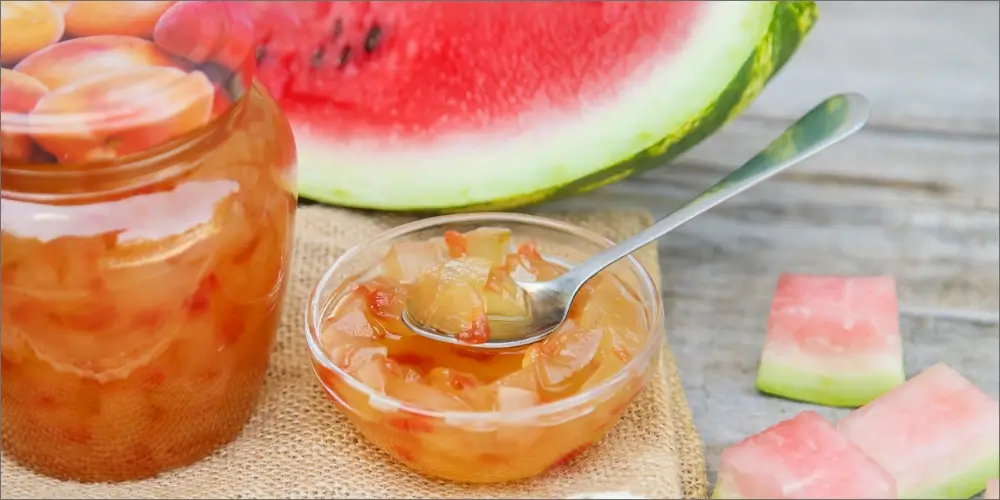
For those with a sweet tooth, watermelon rind can be transformed into jam that rivals the best berry spreads. The process might be a bit more time-consuming, but the result is a sweet, earthy preserve perfect for smearing on toast or used as a dessert topping.
Sweet Spread Recipe and Pairing Ideas
Recipe: Watermelon Rind Jam
- 2 cups watermelon rind, peeled and cubed
- 1 1/2 cups sugar
- 1/2 cup water
- Juice and zest of 1 lemon
- Pinch of salt
- Prepare the rind as you would for pickling, bring to a boil, then simmer until tender and translucent.
- Add sugar, water, lemon juice, and zest to the pot. Cook until the mixture thickens and reaches 220°F on a candy thermometer, stirring often to prevent sticking.
- Pour hot jam into hot, sterilized jars, wipe the rims, seal, and process in a water bath for long-term storage or refrigerate for immediate use.
Pairing Suggestions
This jam pairs beautifully with savory items like cheese and charcuterie boards, balances out the spiciness of a good curry, or can be enjoyed in a classic PB&J sandwich for a sweet and surprising bite.
6. Watermelon Rind Skin Care: Natural and Nourishing
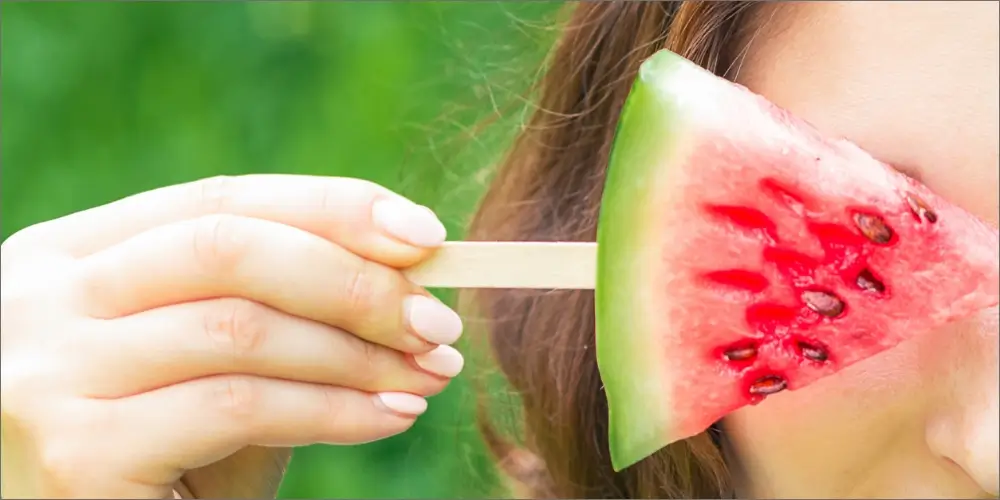
Before you toss that watermelon rind, consider its potential for enhancing your beauty routine. The rind’s high water content makes it soothing and hydrating, making it a viable option for hydrating masks and scrubs.
DIY Beauty Applications and Benefits
Watermelon Rind Face Mask
Blend watermelon rind with a tablespoon of yogurt for a hydrating mask. Apply to a clean face and relax for 10-15 minutes before rinsing.
Watermelon Rind Scrub
Mix watermelon rind with sugar and a bit of olive oil for a gentle exfoliant. Massage onto damp skin in a circular motion, then rinse for a smooth, refreshed complexion.
Benefits
The citrulline and arginine found in watermelon rind can improve blood flow, making it a natural candidate for preserving skin elasticity and reducing the appearance of fine lines. Its hydrating effects help maintain a healthy skin barrier, keeping your complexion supple and radiant.
Conclusion: Unlock the Rind’s Potential
The next time you enjoy a watermelon, don’t let its rind fall by the wayside. By engaging in creative and culinary adventures, you can unlock the full potential of this often-neglected part of the fruit. From tangy pickles to sweet jams, from skincare ingredients to savory condiments, the watermelon rind proves that true treasure lies beneath the surface of its green exterior. Embrace sustainability, expand your culinary skills, and nourish your body – and skin – with the richness of watermelon rind.
Frequently Asked Questions (FAQs)
Q: Is watermelon rind safe to eat?
A: Yes, watermelon rind is safe to eat. It contains several nutrients that offer health benefits and is often used in various dishes around the world.
Q: Can I prepare watermelon rind dishes in advance?
A: Many watermelon rind dishes can be prepared in advance. Pickles and jams particularly keep well and their flavors even improve with time.
Q: How long do watermelon rind pickles last?
A: Watermelon rind pickles can last for several months when properly stored in a sealed container in the refrigerator.
Q: What part of the watermelon rind should I use in recipes?
A: Use the white part of the rind, just beneath the green skin and outermost hard layer. Peel off the outer green layer before using it in recipes.
Q: Can I compost leftover watermelon peel?
A: Yes, any leftover rind is compostable and can be a great addition to your compost as a source of nitrogen.



